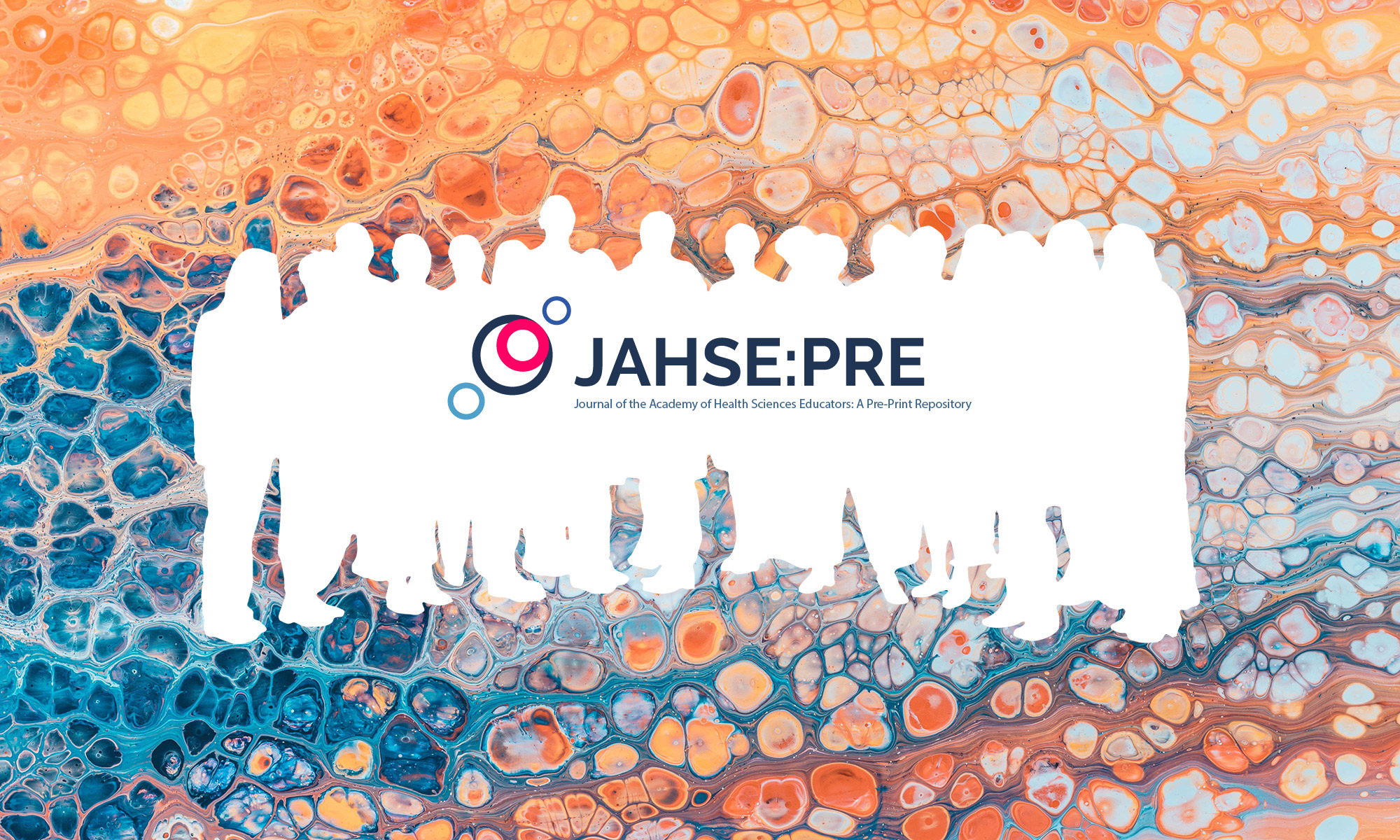 Loading…
Loading…
Title: Addressing Barriers to Visit Attendance and Improving Patient Communication for Gynecologic Specialty Care at Fourth Street Clinic
Authors: Marina Kern, Emma Singleton, Jennifer Kaiser MD
Date: 1/27/2025
Abstract: The monthly Gynecology Clinic at Fourth Street Clinic (4SC) sees approximately one-third of scheduled patients. 4SC serves individuals experiencing homelessness, a population facing unique challenges in clinic communication, visit attendance, and follow-up care. To address this gap in care, a text/telephone reminder system and a patient survey regarding reminder efficacy, communication preferences, and barriers to care (e.g., transportation, safety, childcare) were launched. Based on survey feedback, reminders will be modified, and feasible clinic adjustments will be made to best suit patient needs. Piloting this project among a subset of 4SC gynecology patients will inform communication practices on a larger scale. The project received UUH IRB and 4SC Board QI project approval. The reminder protocol was implemented in phases: months 1–6 used text reminders, months 6–12 used text and call reminders, and months 12-onward will implement a revised reminder system. Patient surveys were collected to assess communication preferences and barriers to care, and the impact of reminders on attendance was analyzed. Preliminary analysis of patient attendance over the previous 12 months revealed that of 43 patients reminded by text only, 24 attended their visit (56%), while out of 47 patients reminded by text and call, 21 showed (44%). The resulting Chi-Squared value of 0.29 (p<0.05) indicated no significant difference between text-only and text-plus-call groups. Future work will focus on retrieving historical clinic data to compare current attendance with attendance prior to the reminder system, estimated at 33%. Recent in-clinic patient surveys provided insight into barriers to attendance. Preliminary responses indicate that factors beyond forgetting appointments and reminder modality (text vs. call) contribute to missed visits. Many patients reported changed or out-of-service phone numbers, which may hinder reminder efficacy. However, all respondents reported ease of scheduling and that clinic timing (Monday evenings) is not an issue. Full survey results are expected to further clarify the barriers patients face.
Copyright: Academy of Health Sciences Educators ©2025
